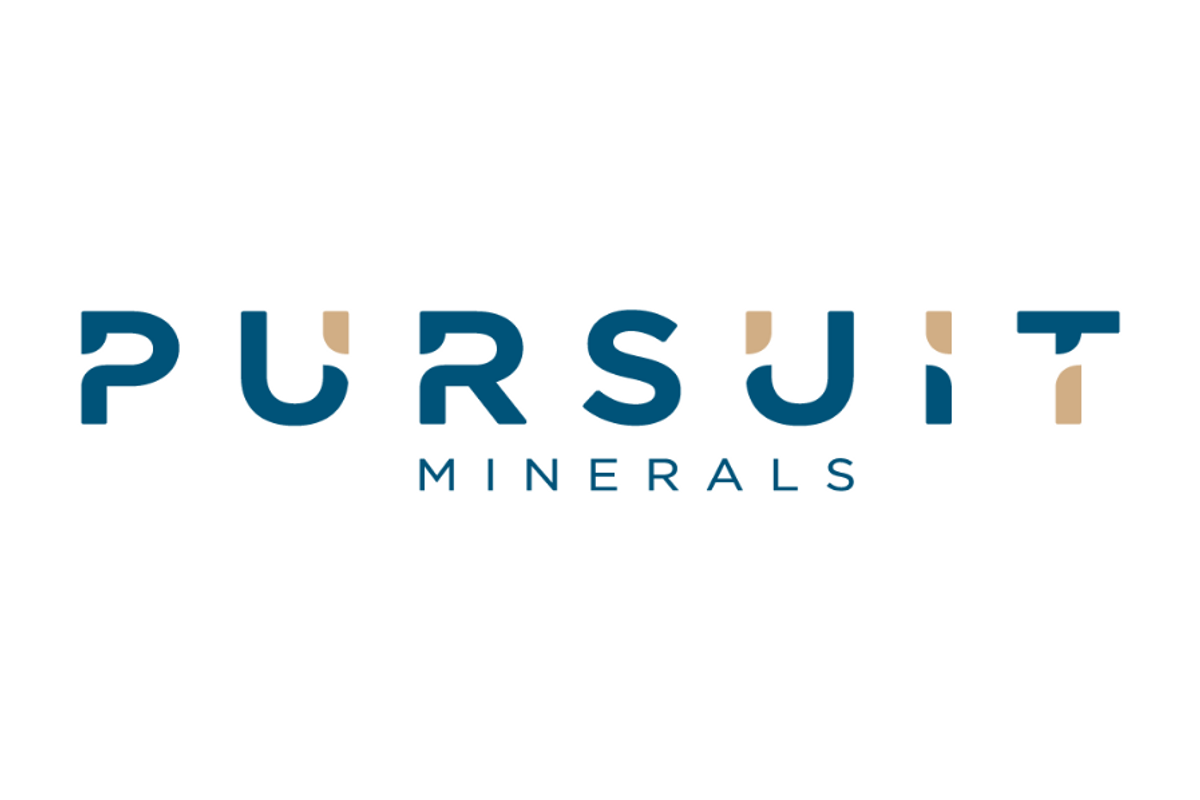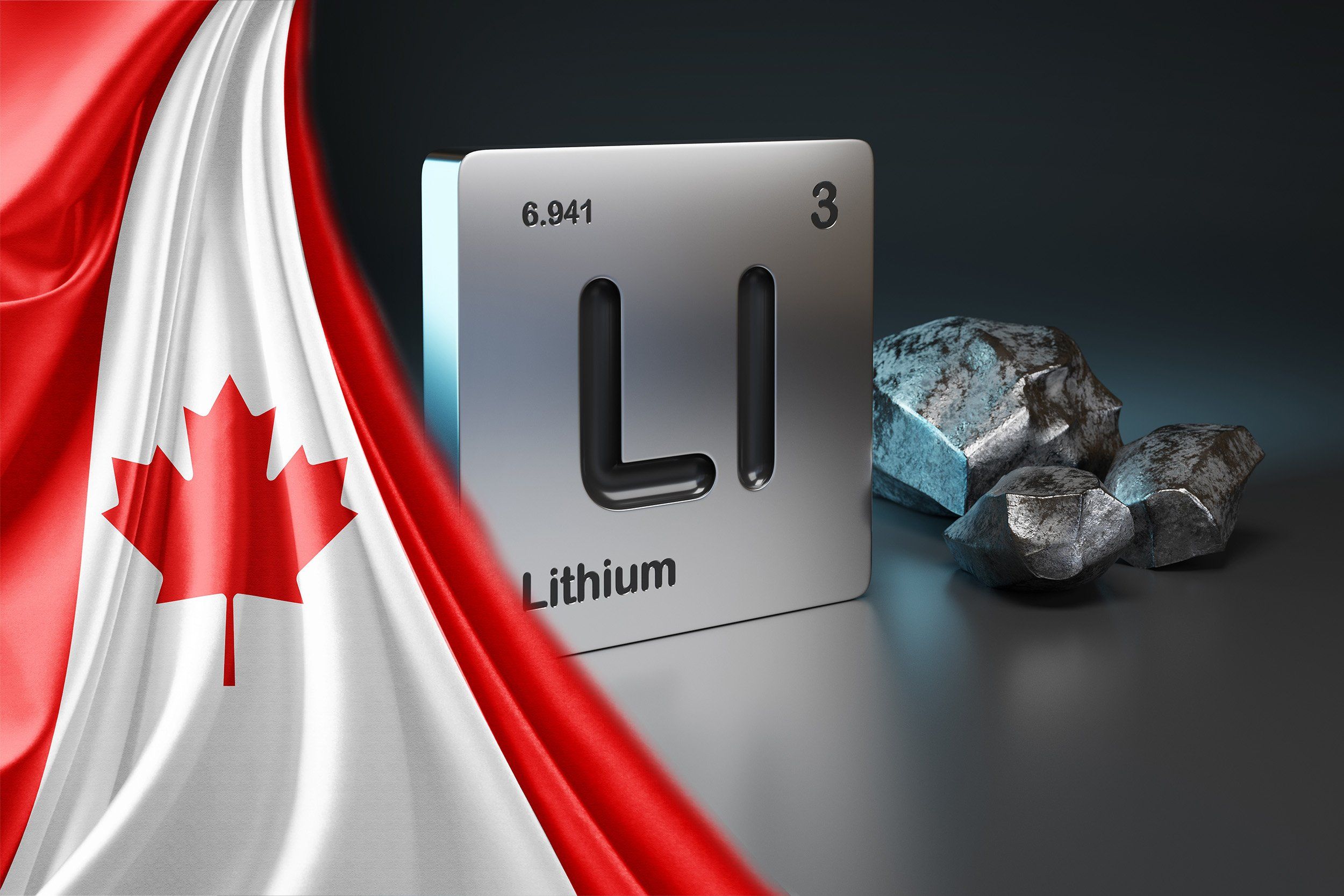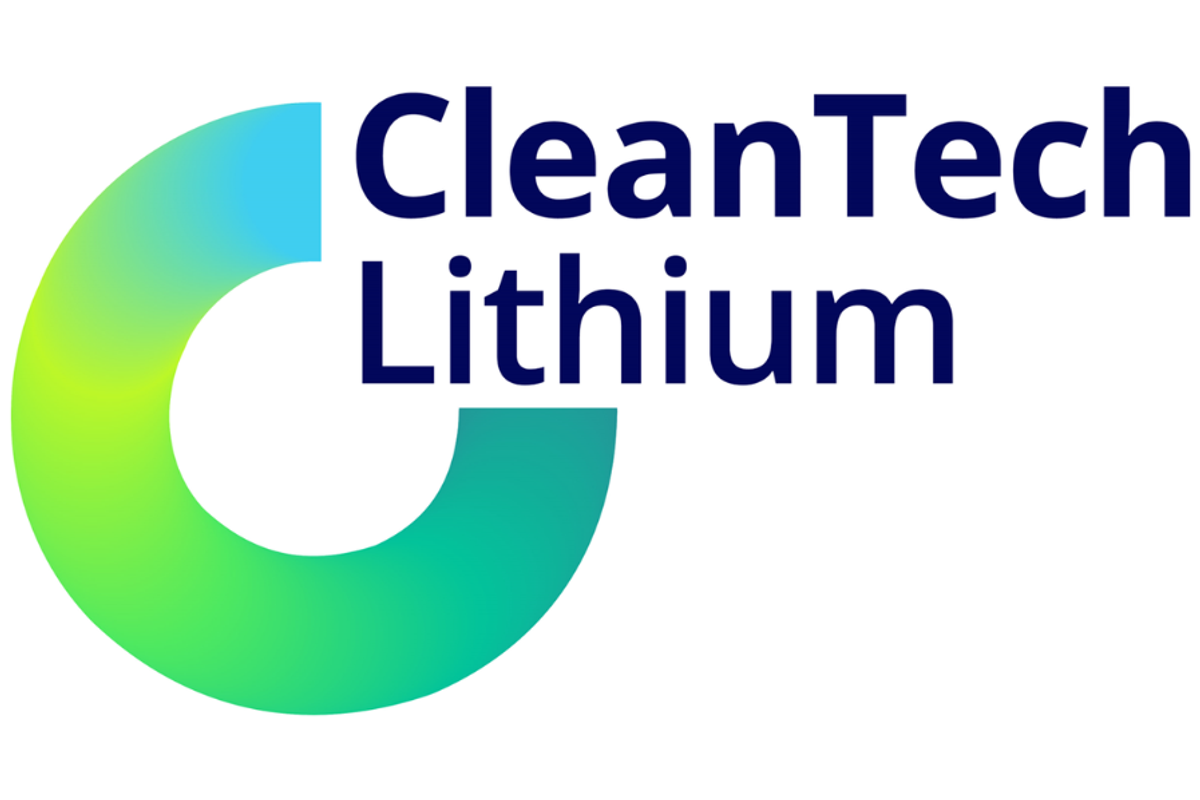
October 21, 2024
Description
The securities of Pursuit Minerals Limited (‘PUR’) will be placed in trading halt at the request of PUR, pending it releasing an announcement. Unless ASX decides otherwise, the securities will remain in trading halt until the earlier of the commencement of normal trading on Thursday, 24 October 2024 or when the announcement is released to the market.
Issued by
ASX Compliance
Click here for the full ASX Release
This article includes content from Pursuit Minerals, licensed for the purpose of publishing on Investing News Australia. This article does not constitute financial product advice. It is your responsibility to perform proper due diligence before acting upon any information provided here. Please refer to our full disclaimer here.
PUR:AU
The Conversation (0)
02 May 2024
Pursuit Minerals
Tier 1 lithium play in the prolific Lithium Triangle in Argentina
Tier 1 lithium play in the prolific Lithium Triangle in Argentina Keep Reading...
07 April 2025
First Production of Lithium Carbonate
Pursuit Minerals (PUR:AU) has announced First Production of Lithium CarbonateDownload the PDF here. Keep Reading...
30 March 2025
Completion of Capital Raise
Pursuit Minerals (PUR:AU) has announced Completion of Capital RaiseDownload the PDF here. Keep Reading...
24 March 2025
$1.1 Million Placement
Pursuit Minerals (PUR:AU) has announced $1.1 Million PlacementDownload the PDF here. Keep Reading...
19 March 2025
Trading Halt
Pursuit Minerals (PUR:AU) has announced Trading HaltDownload the PDF here. Keep Reading...
06 March 2025
Lithium Carbonate Pilot Production Commences
Pursuit Minerals (PUR:AU) has announced Lithium Carbonate Pilot Production CommencesDownload the PDF here. Keep Reading...
17h
Top 5 Canadian Lithium Stocks (Updated January 2026)
The global lithium market weathered a tough 2025, as persistent oversupply and softer-than-expected electric vehicle demand pushed prices for the battery metal to multi-year lows. Lithium carbonate prices in North Asia fell below US$9,550 per metric ton in February — their weakest level since... Keep Reading...
05 January
CEOL Application for Laguna Verde Submitted
CleanTech Lithium PLC ("CleanTech Lithium" or "CleanTech" or the "Company") (AIM: CTL, Frankfurt:T2N), an exploration and development company advancing sustainable lithium projects in Chile, is pleased to announce it has submitted its application (the "Application") for a Special Lithium... Keep Reading...
01 January
Lithium Market Forecast: Top Trends for Lithium in 2026
The lithium market heads into 2026 after one of its most punishing years in recent memory, shaped by deep oversupply, weaker-than-expected electric vehicle (EV) demand and sustained price pressure. In 2025, lithium carbonate prices in North Asia sank to four year lows, forcing production cuts... Keep Reading...
29 December 2025
SQM, Codelco Seal Landmark Lithium Joint Venture in Salar de Atacama
Sociedad Quimica y Minera (SQM) (NYSE:SQM) and Codelco have finalized their long-awaited partnership, forming a new joint venture that will oversee lithium production in Chile’s Salar de Atacama through 2060.SQM announced on Saturday (December 27) that it has completed its strategic partnership... Keep Reading...
24 December 2025
Altius Minerals to Expand Portfolio with C$520 Million Lithium Royalty Deal
Altius Minerals (TSX:ALS,OTCQX:ATUSF) is making a bet on a lithium market recovery, agreeing to acquire Lithium Royalty (TSX:LIRC) in a C$520 million deal that will expand its exposure to battery metals.Under a definitive agreement announced by the two companies on Monday (December 22), Altius... Keep Reading...
23 December 2025
Liontown's First Tjiwarl Member Completes Apprenticeship at Kathleen Valley
Liontown (ASX:LTR,OTC Pink:LINRF) has reached a milestone at its Kathleen Valley operations, with Vaughan Harris becoming the first Tjiwarl community member to complete an apprenticeship with the company.“Being the first Tjiwarl apprentice to complete an apprenticeship here at Liontown feels... Keep Reading...
Latest News
Interactive Chart
Latest Press Releases
Related News
TOP STOCKS
American Battery4.030.24
Aion Therapeutic0.10-0.01
Cybin Corp2.140.00





